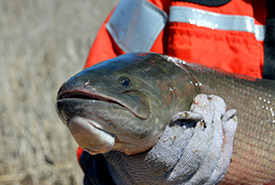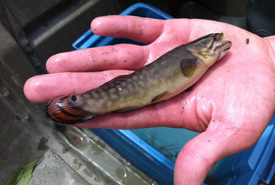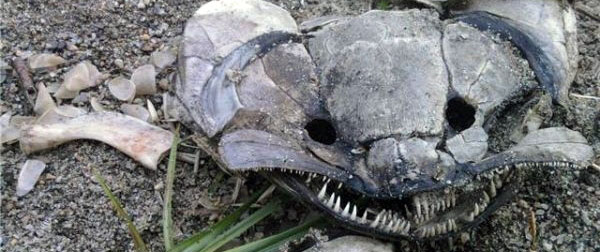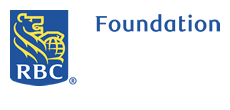Male bowfin: an exemplary dad

Bowfin (Photo by Shawn Good)
What has a flat tail, a remarkable set of teeth and swims with its head above the water? You might be thinking of the famous rodent that graces the Canadian five-cent coin, but no. It’s a fish — the bowfin. Inhabiting the fresh waters of the eastern half of North America, the bowfin can be found in the St. Lawrence River, the Richelieu River and Lake Champlain. Although relatively common, it remains an odd duck…I mean, fish!
Besides its physical characteristics, the bowfin stands out from other fish due to its behaviour during reproduction. With most animals, it’s the female’s responsibility to take care of the offspring. In the case of the bowfin, however, it is the male that looks after the young.

Juvenile bowfin from Ontario waters (Photo by Raechel Bonomo/NCC Staff)
In spring, the male bowfin chooses a nesting spot in shallow water, removes any vegetation or rocks and digs a hole in the muddy bottom. The female lays her eggs in the nesting spot, then leaves the male alone to take care of things. This awesome dad then watches over the eggs, waving his fins to supply them with fresh water and fiercely protecting them until they hatch. He guards his babies — called fry — for seven to 10 days, making sure they reach 10 centimetres, at which time the young become independent and leave the nest. It is not uncommon for females to lay eggs in several nests at different times, making it even more difficult for these super dads, who then have to handle eggs and fry of different ages.
The bowfin is formidable predator and eats anything enters its mouth: insects, fish, crustaceans, amphibians and even ducklings! It is seldom hunted by other animals, as it can reach lengths of 45 to 60 centimetres and survive in stagnant water with little oxygen, thanks to its ability to breathe air through its nostrils. This means that bowfins can live relatively undisturbed, as few large aquatic animals are at ease in such conditions. Interestingly, in the United States, the bowfin’s predators include alligators, as well as humans, who feast on its eggs as a type of inexpensive caviar.
This unusual fish can be observed at the Nature Conservancy of Canada’s Tourbière-de-Venise-Ouest Nature Reserve. In season, male bowfin and its fry can be seen from the pedestrian bridge. If you don’t see one, you may encounter one on your next fishing trip. But be forewarned, its toothy grin might spoil the picture!

Bowfin (Photo by Shawn Good)
Happy Father’s Day!




